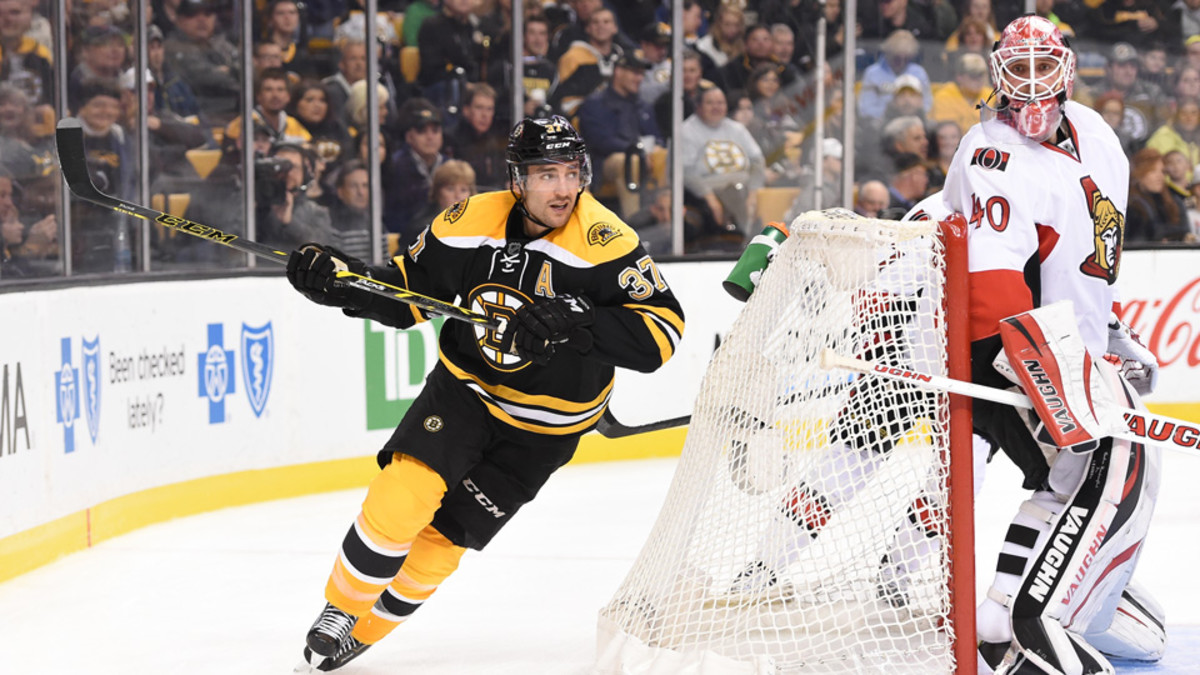Liquid protection helps with CCM’s new hockey helmet design
Oh, the vast difference between hits to the head.
When it comes to head injuries in hockey, we’ve long known about the role of linear acceleration. But the engineers at Montreal-based CCM and researchers at the University of Ottawa have coupled that knowledge with hockey-related data on rotational acceleration, completely redefining the way CCM developed its latest hockey helmet, now in use in the NHL.
The brand-new Resistance helmet features a revamped shell along with an interior full of new features designed to manage rotational head acceleration, along with linear acceleration.
Q&A: How Go Pro Workouts is building the future of personal training
“We know we can manage linear accelerations,” Laura Gibson, head of protective gear for CCM, tells Edge. “We needed to recreate a hit in the lab and calculate how to reduce rotational acceleration.”
To do the testing, CCM partnered with the University of Ottawa. A study of the last three years’ concussive injuries in the NHL found that almost 70 percent of hits to the head were to the side of the head, making “engineers wake up and look at the way they design.”
To start, the new Resistance helmet has a better offset at the temples for increased protection. The opening and closing mechanisms were moved to the back to strengthen the sides, while creating a snug fit. “The most protective helmet is the one that fits you best,” Gibson says.
But increasing protection on the side of the shell wasn’t the only way to decelerate rotational movements. The liner itself had to have a double focus, leading CCM to come up with its new impact pods. Basically plastic cups with EPT foam inside, the pods were designed to first manage linear accelerations. The lightweight, stiff foam, though, plays only one role in the system. With the impact pods—at least eight in differing sizes—full of foam, they also have liquid-filled bladders.
“Today, bladders are our best solution to manage rotational acceleration,” Gibson says. “We want to create a decoupling between the helmet and head.” As the head gets hit, it starts spinning and to slow down the spin action, fluid creates a separation while absorbing the sheer forces. Lab research shows, CCM says, that rotational acceleration can diminish around 20 percent with the new helmet.
Designing the ultimate pro athlete recovery center — in the air
The multiple pods create contact with the head, which increases the performance of the bladders, filled with an oil-based liquid that performs whether in minus-30 degrees Celsius on a bus in Minnesota or plus-30.
CCM already produces the most-used helmet in the NHL, and now, Gibson says, pro players themselves have started asking for the Resistance protection, getting more involved in their own safety.
Gibson says that as CCM learns more about how injuries occur, the company can be expected to overhaul other pieces of hockey protection equipment as well. “Helmets have such a vital role to play, but they are not the only thing to prevent injuries,” she says. “There are so many other factors.”
The search is on for every factor.
Tim Newcomb covers stadiums, design and gear for Sports Illustrated. Follow him on Twitter at @tdnewcomb.





